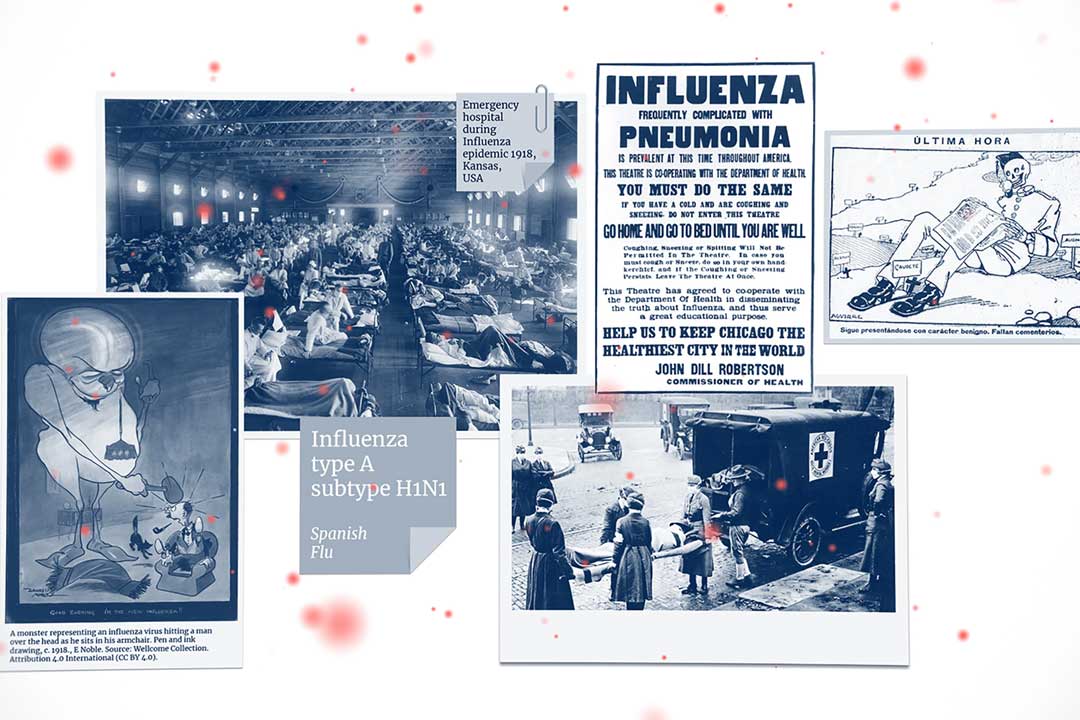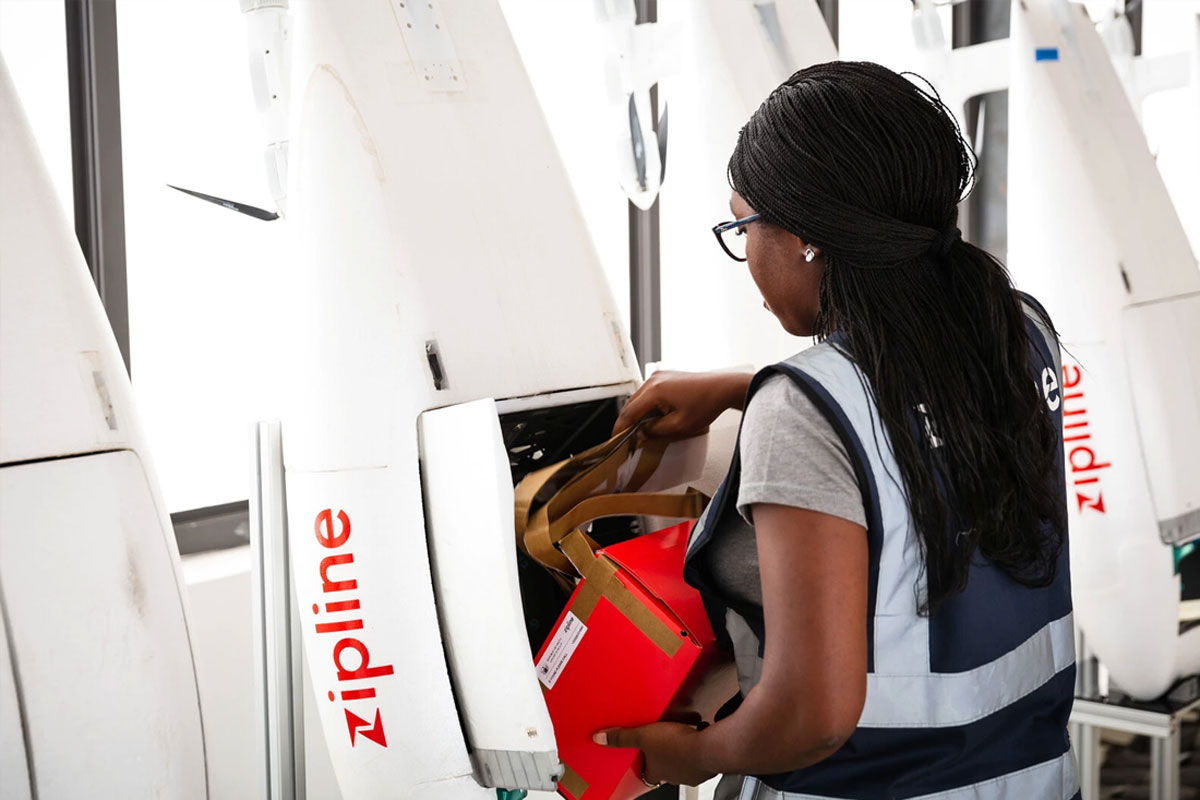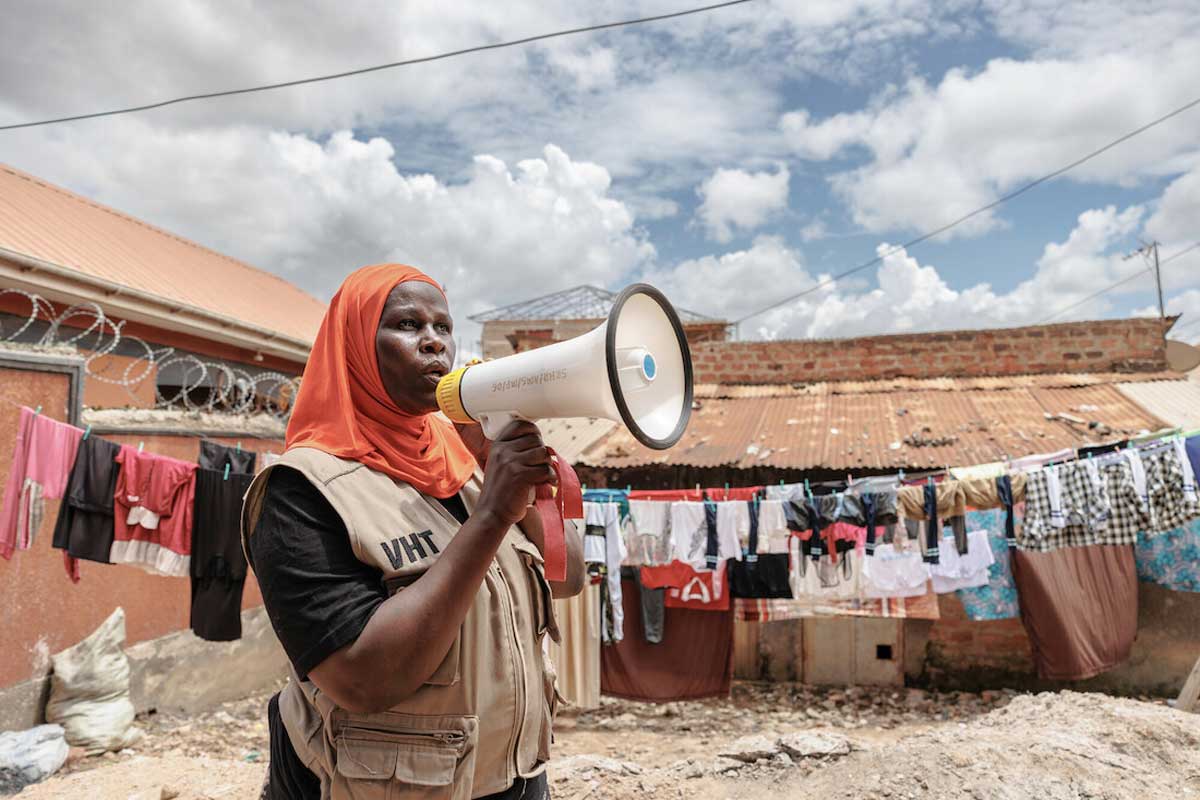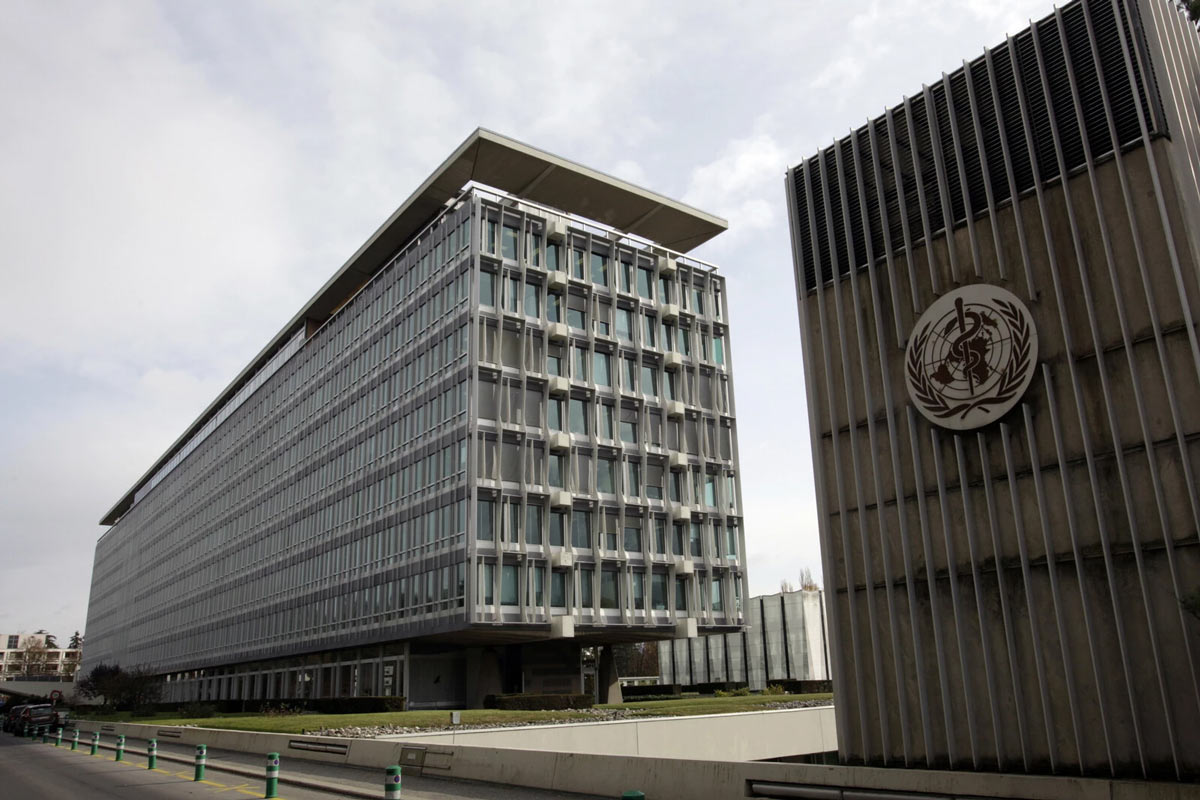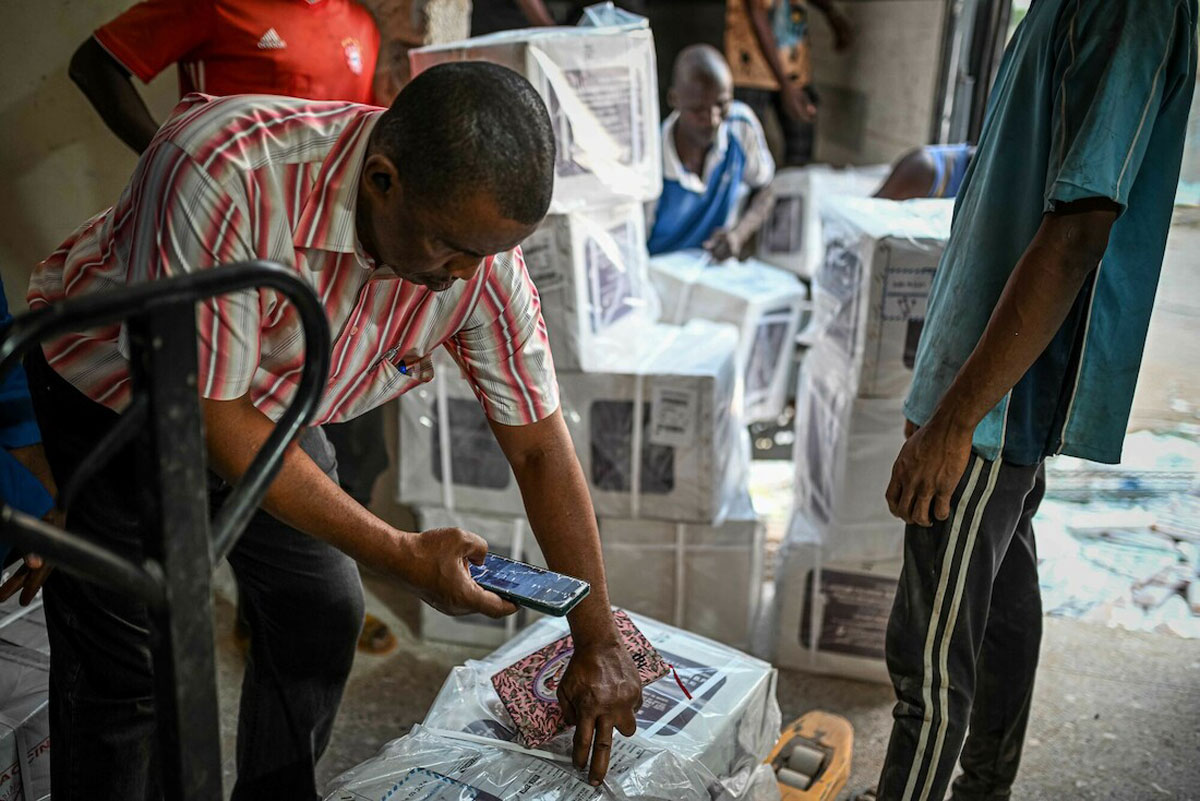Ensuring safety of COVID-19 vaccines
CEPI spoke with vaccine safety expert, Dr Robert Chen, Science Director of The Brighton Collaboration – the largest global organisation of scientific experts on vaccine safety – about how vaccine safety is assessed in clinical trials and how regulators and vaccine developers are ensuring the safety of COVID-19 vaccines whilst also moving at great speed.
- 25 November 2020
- 11 min read
- by CEPI

Vaccine development usually takes 10–20 years in part because each stage of the process is carried out sequentially to reduce financial risk should the vaccine not make it to the market. In response to COVID-19, the world has moved with unprecedented speed building in financial risk to speed up the process but not compromising on safety and efficacy.
The Coalition for Epidemic Preparedness Innovations (CEPI) spoke with vaccine safety expert, Dr Robert Chen, Science Director of The Brighton Collaboration – the largest global organisation of scientific experts on vaccine safety – about how vaccine safety is assessed in clinical trials and how regulators and vaccine developers are ensuring the safety of COVID-19 vaccines whilst also moving at great speed. Chen is also working with CEPI as part of the Safety Platform for Emergency vACcines (SPEAC) Project, to examine the safety profiles of the COVID-19 vaccines CEPI is funding.
Can you describe how safety is assessed in vaccine development?
Safety, by its very nature, has to be assessed by the absence of multiple different adverse events.
In clinical trials, we’re looking for differences in adverse events between the group of trial subjects that receive the placebo or control (which could be another approved vaccine) and the experimental vaccine.
Before you begin any human trials, you start off with studying potential toxicity in the laboratory and other living systems, looking for anything that would be unusual. When you have eliminated all the potential risk you can at this stage, developers can seek regulatory approval to enter phase 1 studies in humans to assess safety. For new vaccines that will be used in humans for the first time, these phase 1 studies are critical first steps for establishing their safety (find out more about phases of clinical trials here).
Once you advance to clinical trials in humans, you then have the ability to ask trial participants about potential symptoms, and also, should something happen, have a doctor make a diagnosis based on physical examination and laboratory studies.
With each successive phase of clinical trial, the new vaccine is tested on successively larger number of volunteers to assess its safety and ability to induce an immune response. In Phase III, you start to have the ability to take a look at rarer outcomes. The challenge is that even with the largest clinical trials, say 30,000 people, you only get to look at events that occur 2-3 times greater than a background rate of one per 1000 people immunized. So, for anything rarer than that, you would have to rely on post-licensure studies, when you use the vaccine in millions of people. And that’s frequently the time when, in the past, after we’ve licensed the product, we’ve detected a risk of a rare adverse event.
We’re moving at such unprecedented speed in developing COVID-19 vaccines. How can we be sure safety isn’t being compromised?
From a safety perspective, it’s the same process with COVID-19 as with other vaccine development.
The ‘speed premium’ is possible because manufacturing capacity is being reserved before trial results are available. If you like, the risk being taken is financial rather than any compromise on the safety data. That’s one piece of the equation where governments have invested a large amount in allowing the manufacturers to scale-up and pre-produce the vaccine even though the clinical trial results for safety and efficacy are not available yet. That doesn’t mean that the vaccine will be deployed without adequate data. The regulatory authorities won’t allow that. But should the trial results be favorable, a supply of vaccines will be available much sooner than otherwise.
The other piece is that, in terms of the vaccine trial development, there’s the advantage that some of the technology has previously been used in vaccines for other target pathogens. So, for example, the vaccine candidate from Oxford University/AstraZeneca has a platform that’s been used in the development of vaccines against Lassa, MERS and Nipah. This allows them to utilize some of those animal and human studies to accelerate the process compared with if you had to completely start from scratch against COVID-19.
Each of the steps in COVID-19 vaccine development is being monitored closely by all the typical oversight boards—the Institutional Review Boards, the Data and Safety Monitoring Boards, the different funders and their scientific advisory boards—all of those bodies that oversee the typical development process and approval to the next step. And the regulatory bodies in each of the countries watch over each of these steps very closely to make sure that they’re satisfied before moving to the next step, because at the end of the day, they’re the ones who have to decide on licensure.
In some ways, COVID-19 is an opportunity for us to raise the bar even higher on safety.
Dr Robert Chen
Science Director, The Brighton Collaboration
Can we improve the ‘science of safety’ in vaccine development? How?
We’re constantly looking for ways to improve safety across all vaccines we work on. One of these areas is around “standard case definitions”. For fever, for example, what is the cutoff temperature that you define as someone with a fever, in Fahrenheit or Centigrade? With the thermometer in the mouth or under the arm? Measured at 24, 48, or 72 hours post-vaccination?
By recommending how the information about fever (and other adverse events following immunizations) is collected in a standard way in each vaccine study, we can begin to compare apples with apples and oranges with oranges in terms of vaccine safety.
Have you read?
In vaccine development, you have to think about what adverse event a new vaccine could possibly cause and be on the lookout. Obviously, we can’t think of everything ahead of time. With any rare outcome, unless you standardise the definition of what you’re looking at—the case definition—you could easily miss the event outcome when you try to study it. In the SPEAC project that CEPI is funding, for each of the target pathogens, be it in Lassa, MERS, Nipah, or COVID-19, we do a landscape analysis and try to see which are the adverse events for which we want to make sure that a standardised case definition is available.
SPEAC has developed a list of adverse events of special interest for COVID-19 vaccines, based on ongoing literature review. We then formed working groups to develop standard case definition as needed; the three that recently (or are nearly) completed include vaccine-associated enhanced disease, acute respiratory distress syndrome, and multisystem inflammatory syndrome in adults/children. These case definitions will be provided free to all the COVID-19 vaccine developers. When they develop their clinical protocol, they’ll be able to include both this list as well as the standard case definitions so that when the results come out, they are as meaningful as possible.
Another thing we’re doing is to create a pool of experts in rare outcomes, scientists who have this background in rare disease epidemiology who can sit on the Data and Safety Monitoring Boards (DSMB), because safety events tend to be rare adverse events. And we have also created a ‘meta-DSMB’, with a liaison member from SPEAC who is assigned to each of the CEPI-funded developers. We try to share any lessons emerging from the DSMBs across clinical trials, to make sure that any of these single or rare events are pooled together, like a meta-analysis, so we don’t miss any of these cases.
So, in some ways, COVID-19 is an opportunity for us to raise the bar even higher on safety.
You mentioned disease enhancement – can you explain that a bit more, and how it’s being addressed in the context of vaccine R&D?
Enhanced disease is the paradox where instead of a vaccine preparing the body to prevent disease, the immune process somehow results in the vaccinated person getting a more severe form of the disease when it encounters the wild virus. We’ve seen this with a few of the prior vaccine candidates against respiratory syncytial virus (RSV), and dengue, for example.
With earlier coronavirus infections – SARS and MERS – when the vaccine candidates were developed and used in animal models, some of these vaccine candidates also created an enhanced disease situation. With COVID-19, what we’re finding out is that in some cases of the natural disease, the patients have a cytokine storm, where their immune system sets off on a very aggressive immunopathology course. So, we very much would want to make sure that none of the people who receive one of the COVID-19 vaccines currently being developed have similar signs of enhanced disease if they subsequently became infected with the COVID-19 virus in the future.
The DSMBs will be very focused on this. But there are limits to what we can do pre-licensure, because the scenario for enhanced disease is a very unusual intersection of several things coming together. First, the vaccine has to not or no longer work in the patient – it’s actually a vaccine failure – and we’re hoping that, for COVID-19, the vaccine failure rate would be very low. Second, the person would have to encounter the wild COVID-19 again in their environment after immunization-induced immunity wanes. So, this is very much an outcome that we’d probably need to follow post-licensure to be able to pick up.
10,000
Number of people needed to enroll in a Phase III clinical trial to pick up potentially rare side effects
Some regulators are considering early approval for emergency use for COVID-19 vaccines. What does this mean for the safety of the vaccine?
Details about early approval for emergency use are made available by several key regulators, like the US FDA, EMA, and WHO.
All aim to streamline the process by which new or unlicensed products can be used during public health emergencies like the COVID-19 pandemic. In such settings, the benefit-risk decisions are dynamic. The usual duration of follow-up of a new vaccine for both safety and effectiveness (eg, 6 months to 1-2 years) may be shortened to (eg, 2 months) in exchange for hoped for earlier use of the vaccine in a population to control the pandemic and its associated medical and societal impact.
Obviously, there will be less available safety data should early approval for emergency use be applied instead of regular licensure. But in such a scenario, the benefits of proceeding with emergency use will be deemed to exceed the potential risks associated with limited knowledge regarding the safety profile. But in all such instances, the developer is required to continue to monitor and submit safety (and effectiveness) data to the regulatory authorities after broader use of the vaccine.
Rare adverse events that might happen after vaccination aren’t always necessarily linked to a vaccine. That’s why it's important to have the right monitoring system in place to assess the background prevalence of certain rare adverse events and whether that is increased in COVID-19 vaccine recipients or not.
Dr Robert Chen
Science Director, The Brighton Collaboration
So, turning to the area of post-licensure surveillance, what should we be focused on in the context of COVID-19 (and what is usual practice)?
Historically, there’s been a delay in introducing vaccines into low-income and middle-income countries (LMICs) compared with high-income countries (HICs). That’s meant that when those vaccines were introduced into LMICs, their safety profile was already very well known. But the COVID-19 vaccines will probably be introduced nearly simultaneously across HICs and LMICs. And the issue is there’s a big gap in the system in terms of safety monitoring in LMICs. The investment in surveillance infrastructure hasn’t been there. So, that’s an important area of focus and we’re hoping to raise some of the resources needed to beef up that monitoring.
In general, the regulators increasingly require the developer of a vaccine to develop a risk management plan, where they outline any potential unknown risk and how they might solve that issue post-licensure. For these follow-on studies, frequently called Phase IV studies, the developer will enroll a sample size, let’s say 100,000 or 250,000 people who have received the vaccine and who will then be monitored for a certain amount of time—historically, for a very long period.
How many people would a Phase III clinical trial have to enroll to ensure you were picking up rare side effects?
Generally speaking, at least 10,000, and currently most of the COVID-19 trials have 30,000, which is a healthy number. I think some of the sponsors are even aiming for 60,000. That is a reasonable number, but we have known that sometimes rare events like Guillain-Barré syndrome, which is a rare paralytic disorder, was associated with one per 100,000 dose of the 1976 swine influenza vaccine and in some annual influenza seasons maybe one in a million. So clearly those rarities will not be picked up with a trial of 30,000 or 60,000 and we will have to rely on post-licensure. But hopefully if it’s that rare, the benefits of vaccination will outweigh the risks and it’s a matter of knowing, if it occurs, what that rate is, so that people can make that decision, for themselves. Also, it’s important to note that rare adverse events that might happen after vaccination aren’t always necessarily linked to a vaccine. That’s why its important to have the right monitoring system in place to assess the background prevalence of certain rare adverse events and whether that is increased in COVID-19 vaccine recipients or not.
